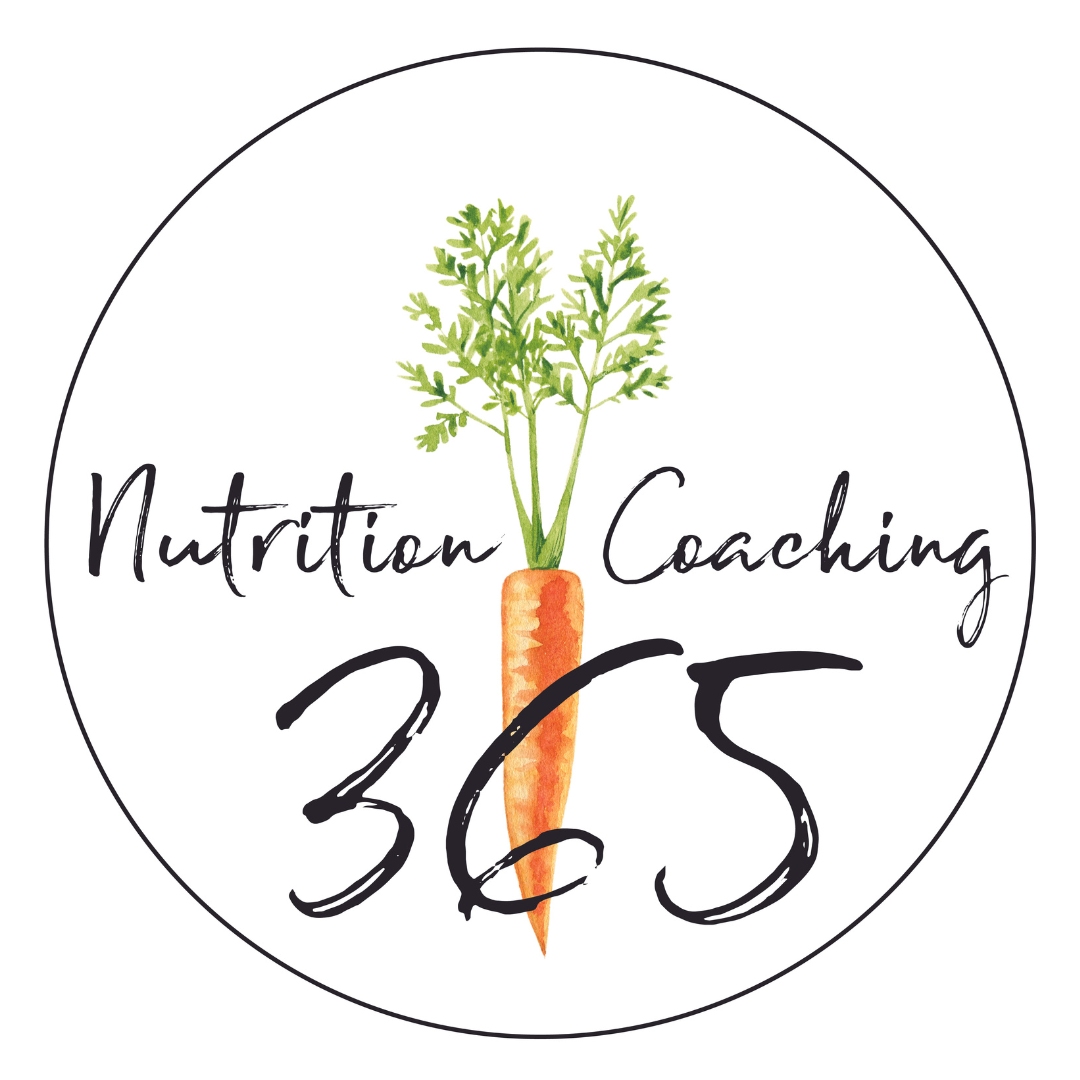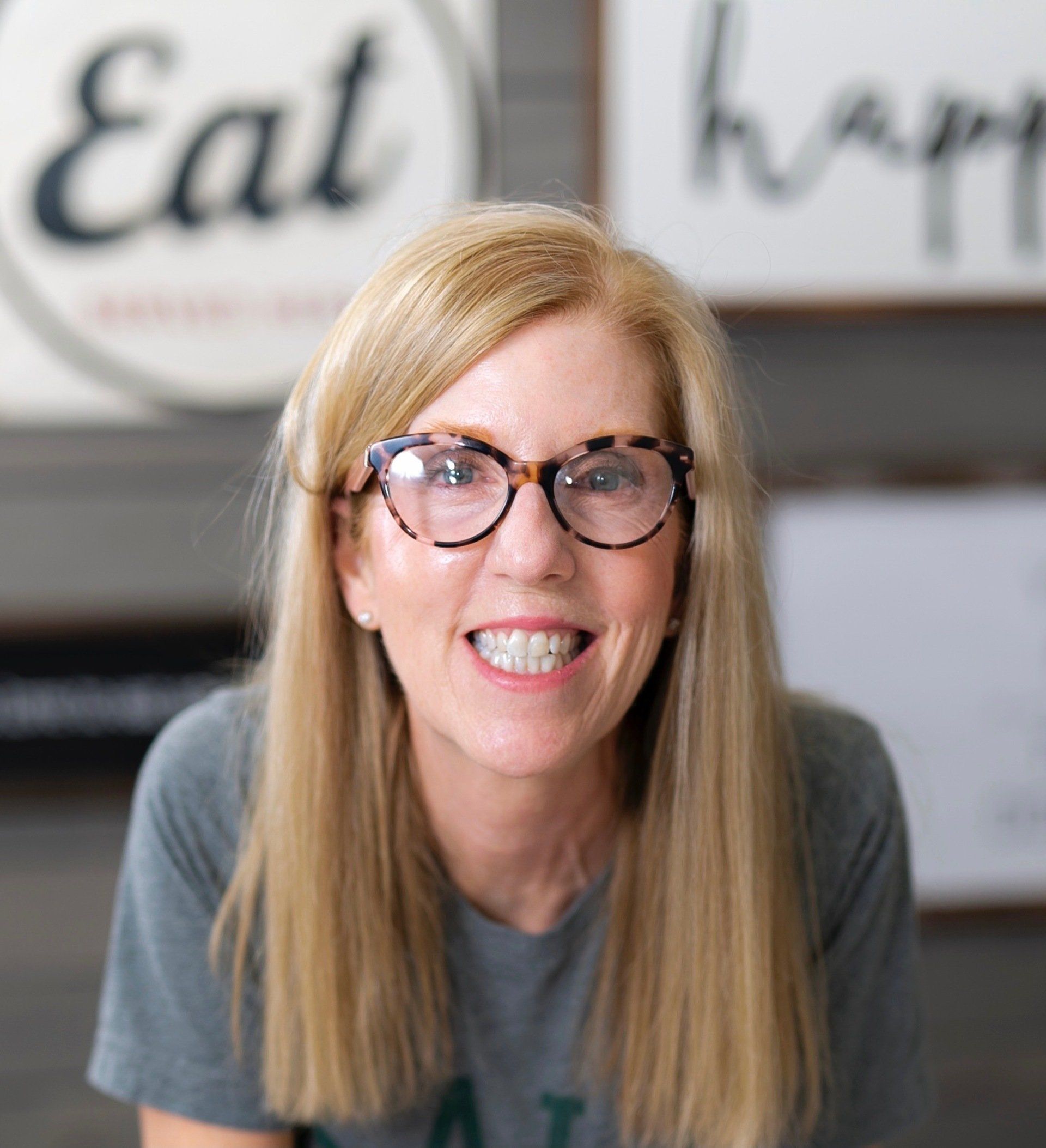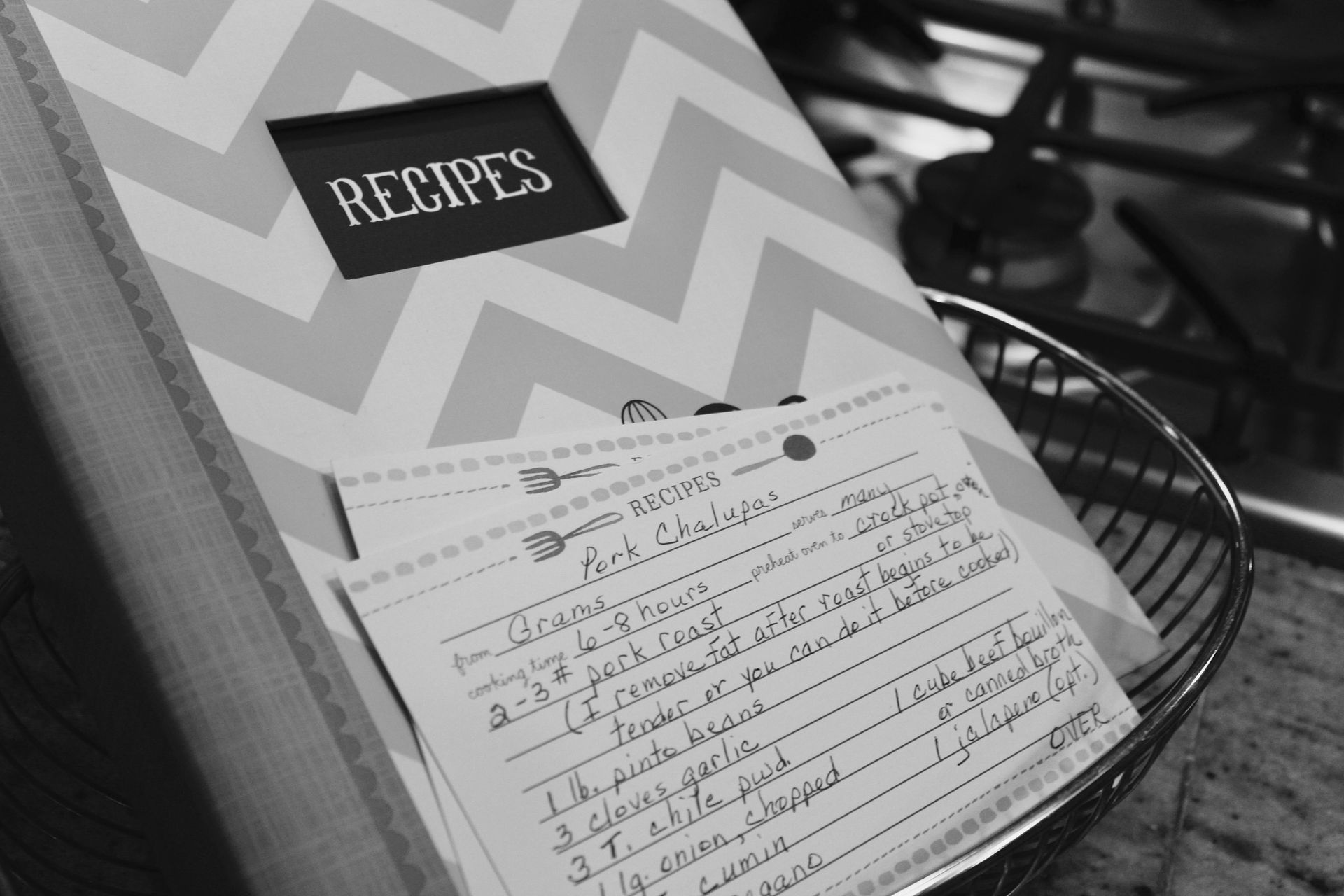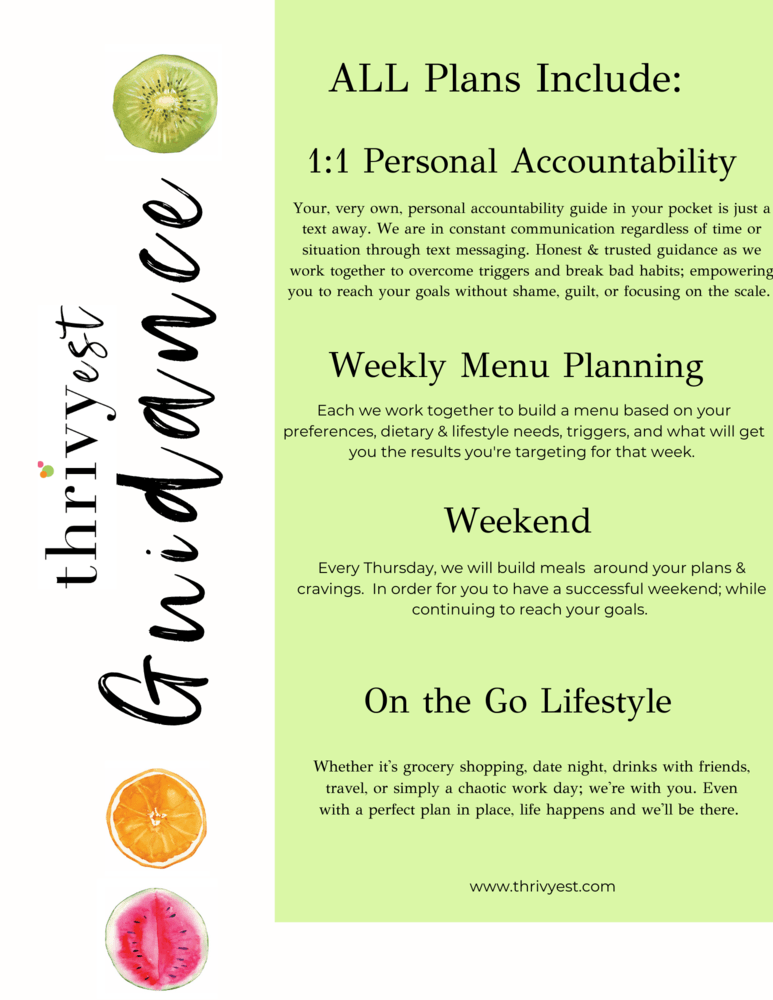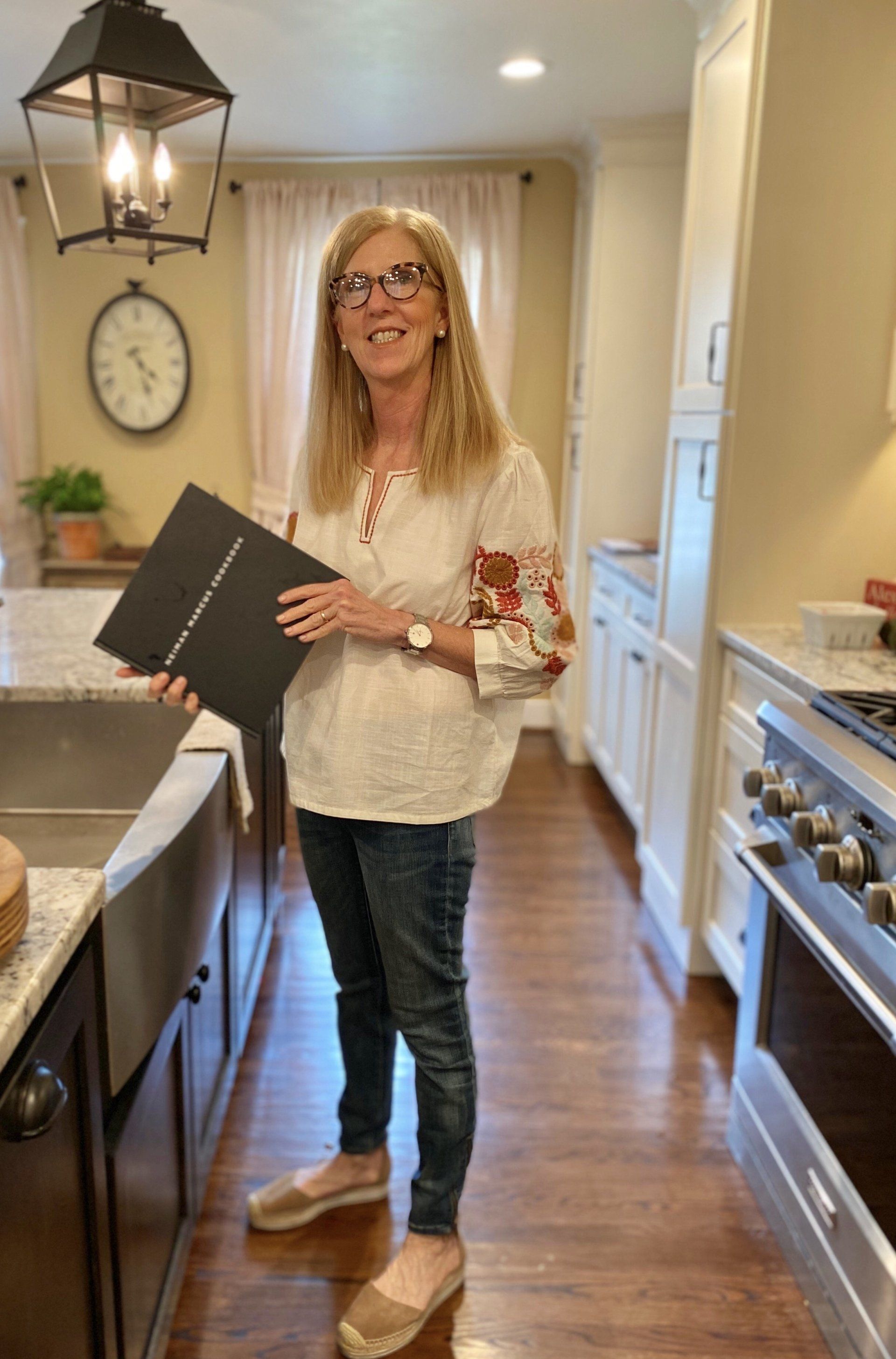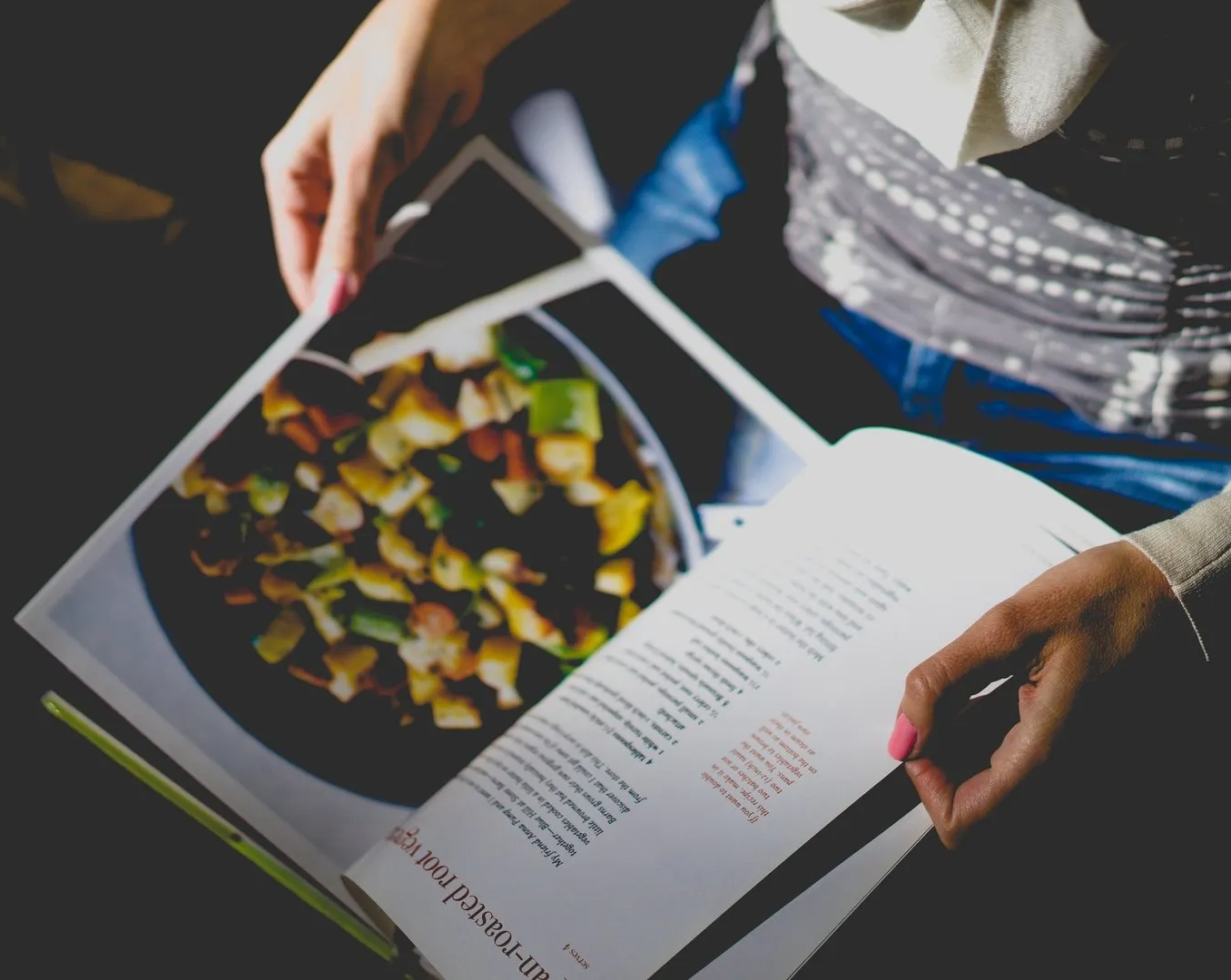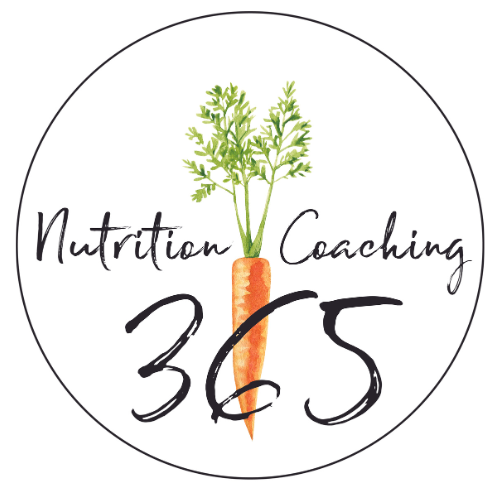How to Track Restaurant Meals for Weight Loss (Without Guesswork)
The Truth About Tracking Restaurant Meals (And Why You’re Overcomplicating It)
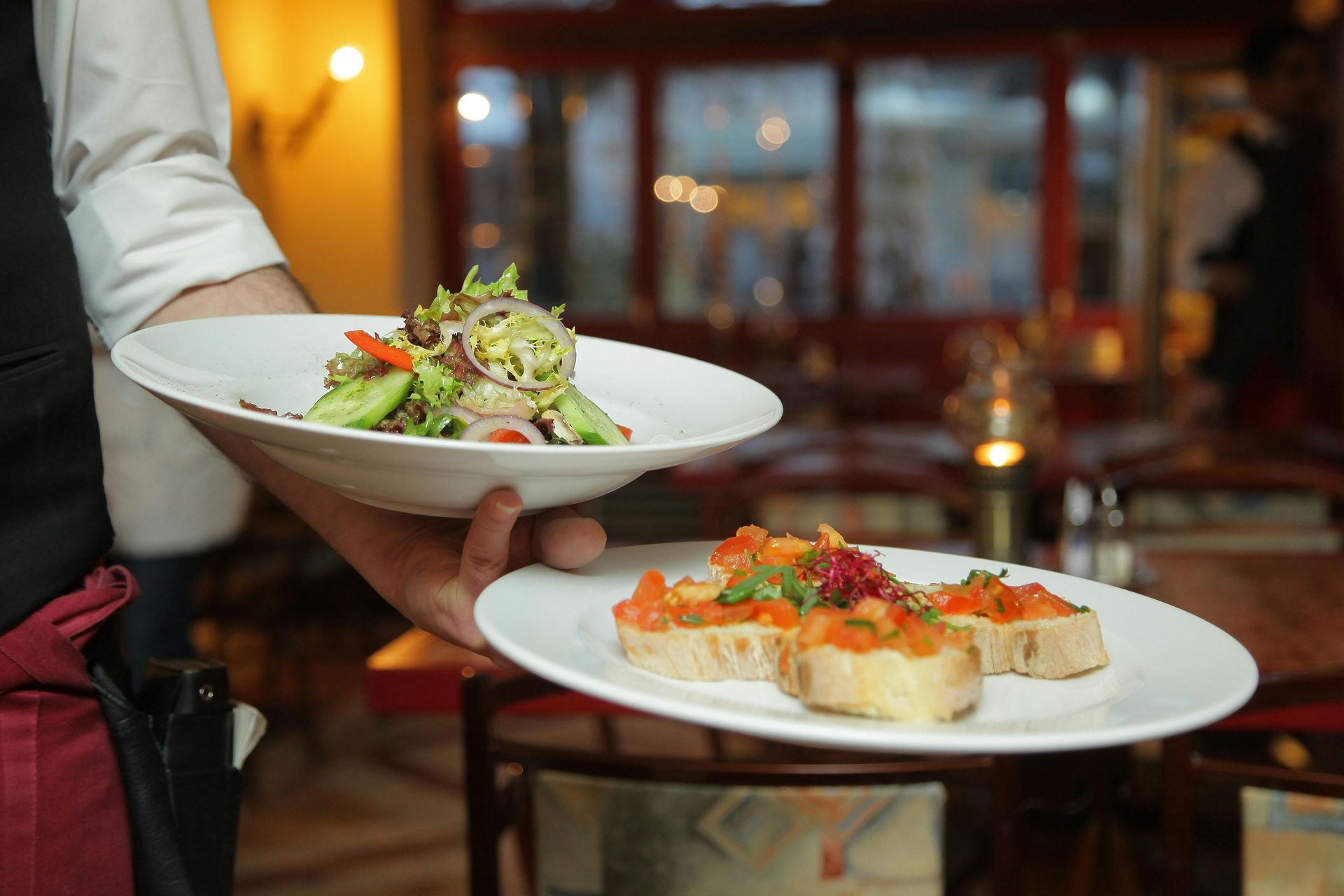
Worried you won’t track your restaurant meal accurately? Let me save you some stress:
You won’t.
Even in the best conditions, food labels have a 20% margin of error—so if you think you’re logging every single bite with precision, take a deep breath. Perfect tracking isn’t possible, but that doesn’t mean you should stop trying.
Why Most People Gain Weight After Eating Out
Many restaurant meals start at 1,200+ calories before you even touch appetizers, drinks, or dessert. If you ignore logging restaurant meals, you’re unknowingly eating hundreds of extra calories—stalling your progress.
Now, I’m not saying you need to track every meal out. There’s a time and place to take a break from logging. But that time isn’t every weekend, and that place can’t be every restaurant.
Let’s go over how to track restaurant meals without second-guessing yourself.
The 2 Biggest Tracking Mistakes Keeping You Stuck
1. Logging Too Late (Or Not at All)
Would you check a price tag after buying something and expect to stay on budget? Of course not.
Waiting too long to log your food leads to underestimating calories, which leads to overeating.
✅ Fix It: Log your meal as soon as possible. Don’t rely on memory—your portion sizes will always seem smaller in hindsight.
2. Underestimating Portions
That restaurant cheeseburger? It’s not 550 calories. That “handful” of fries?
It’s probably closer to 400 than 200.
Restaurants aren’t weighing your food, and their serving sizes rarely match the numbers you see online.
If you’re rounding down instead of up, you’re only cheating yourself.
✅ Fix It: Always assume restaurant portions are larger than what’s listed. Round up, not down.
Strategy #1: The Breakdown Method (Most Accurate Approach)
Best for: Meals where ingredients are separated (e.g., salmon with risotto and asparagus).
- Look up each ingredient in MyFitnessPal.
- Find the average calorie entry.
- Add 20% for hidden calories (oils, sauces, extra butter—yes, it’s there).
📝
Example:
You order an
8 oz. salmon dish. MyFitnessPal shows a
4 oz. portion ranges from 160 to 340 calories. The average?
240 calories per 4 oz. That makes your estimate
480 calories for 8 oz.
But we’re not stopping there.
Now add 20%.
✔ Final estimate: 576 calories
Skipping this step is where most people go wrong. Restaurants add way more oil and butter than you think.
Strategy #2: The Shortcut Method (Quick & Simple Estimation)
Best for: Mixed dishes (e.g., burritos, pasta, casseroles, soups).
- Search for the dish in MyFitnessPal (e.g., "steak burrito")
- Find the average calorie entry.
- Round up by 20% and log it.
📝
Example:
Steak burritos range from
470 to 1,450 calories, but the
average is 900 calories.
Now, we apply the 20% rule:
✔ Final estimate: 1,080 calories
Is it perfect? No. But is it better than pretending your meal never happened? Absolutely.
Pro Tips for Tracking Restaurant Meals Without Stress
✅ Plan Ahead – Check the menu before you go. Decide on your meal and log a placeholder estimate so you can adjust your other meals accordingly.
✅ Use Restaurant Nutrition Info (But Adjust!) – Some places provide calorie
counts, but portion sizes aren’t always accurate. Always round up.
✅ Expect Temporary Water Weight – Sodium and carbs can cause temporary scale fluctuations. That doesn’t mean you gained fat overnight. A 3,500-calorie surplus is needed to gain a single pound. One meal didn’t ruin your progress.
Bottom Line:
Tracking Doesn’t Need to Be Perfect, But Consistent
You don’t need flawless tracking to see results. You just need to stop making excuses and start tracking consistently.
Now that you know exactly how to do it, it’s time to execute.
Need help staying on track? I’ve got you. Work with me, and I’ll take the guesswork out of your nutrition—so you can actually start seeing results.
Let’s get to work.
YOU ARE CAPABLE OF LIVING YOUR HEALTHIEST & HAPPIEST LIFE.
If you’re looking to create healthy habits to gain more energy, improve your sleep + shed a few pounds, you’ve landed in the right place.
Recent Posts
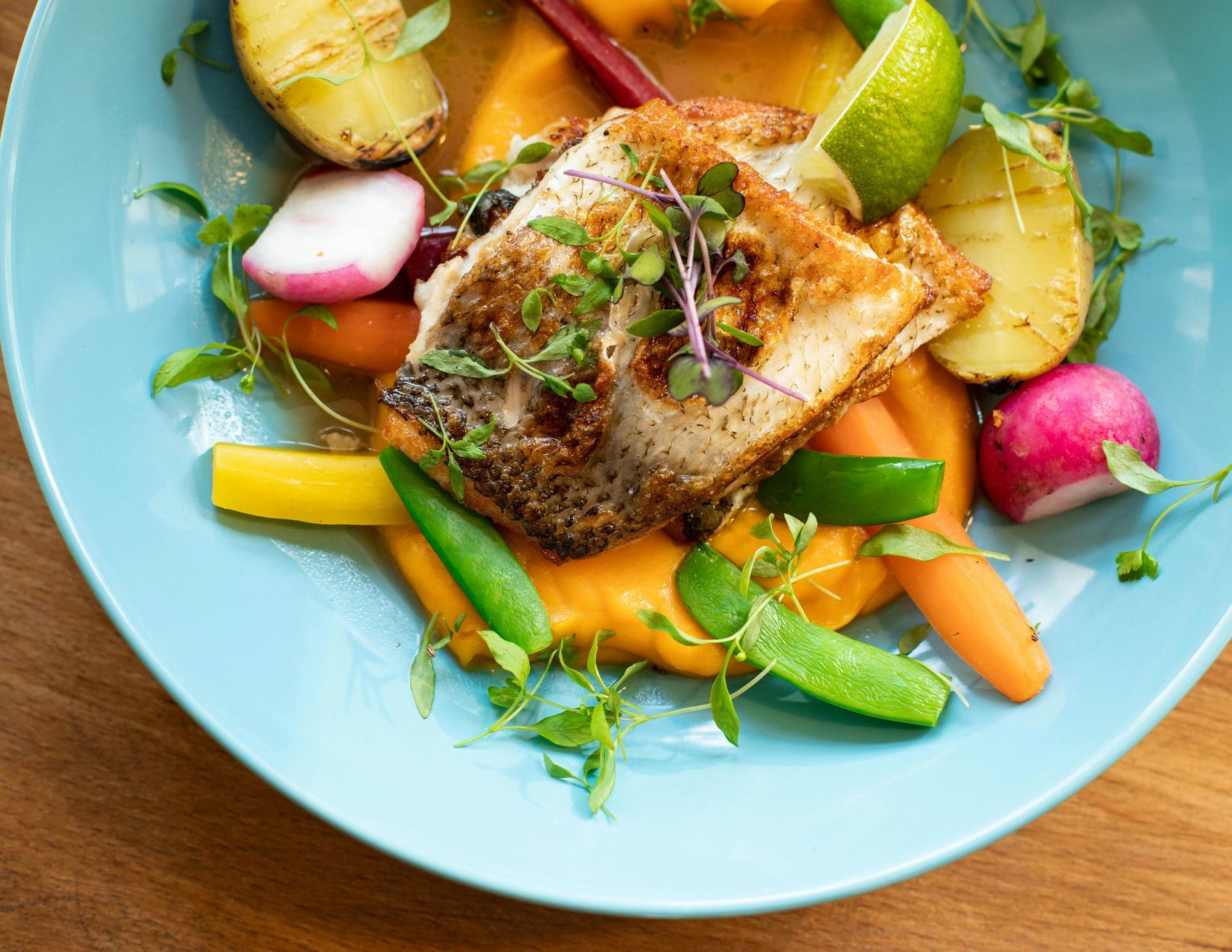
Meet Emily
I love encouraging + inspiring others to reach their healthiest lives through food, fitness + gratitude. As a holistic nutritionist + the founder of Thrivyest, I am passionate about creating habits to help you to live longer + thrive. To thrive in body, mind + soul through personalized, simple + practical steps ensuring you gain more energy, clarity + confidence! Let's connect!
